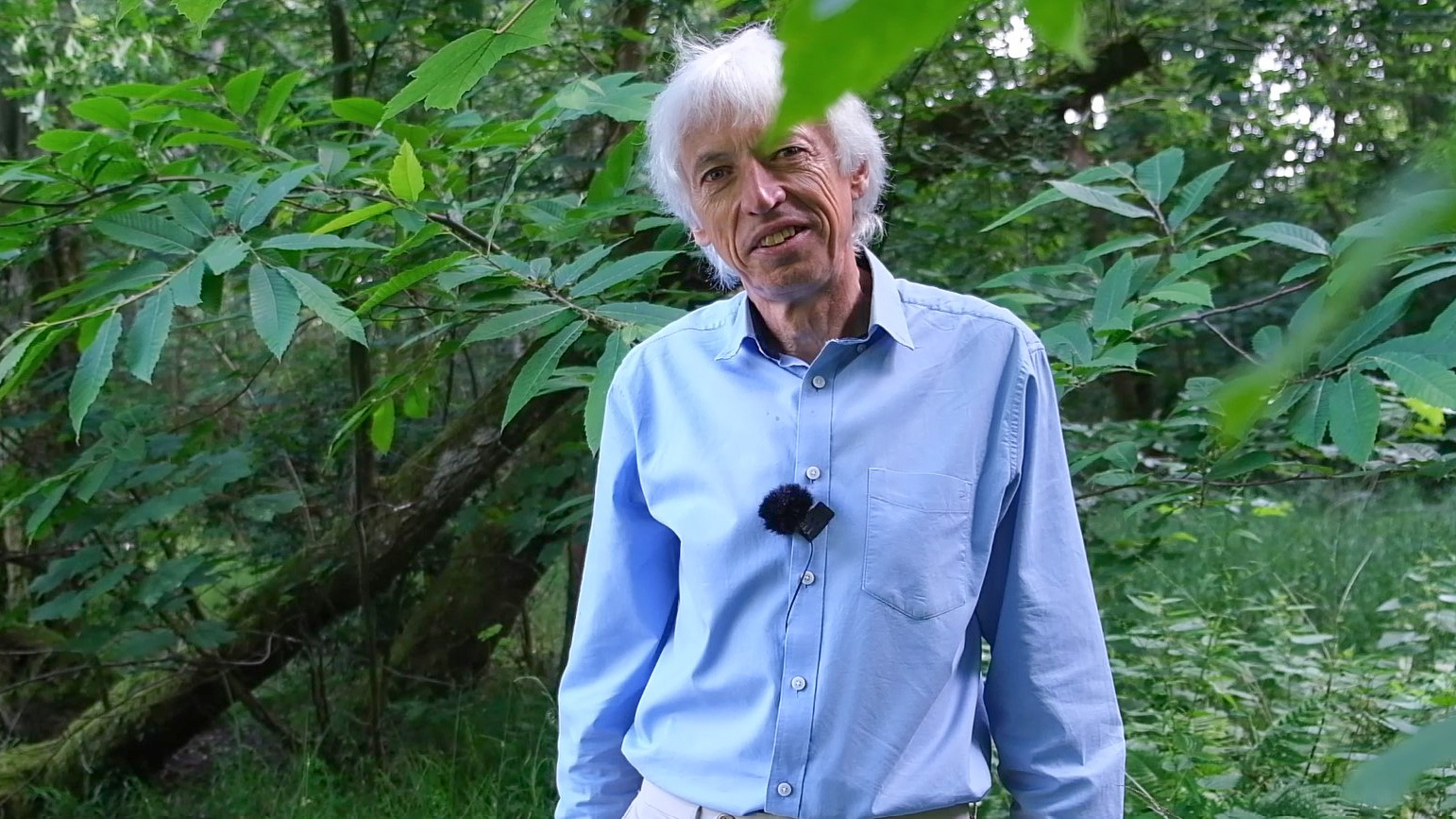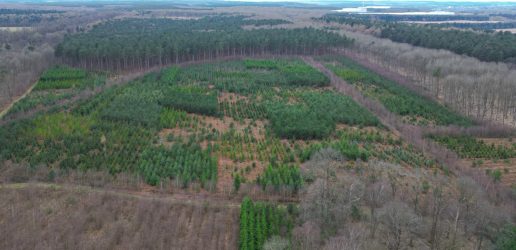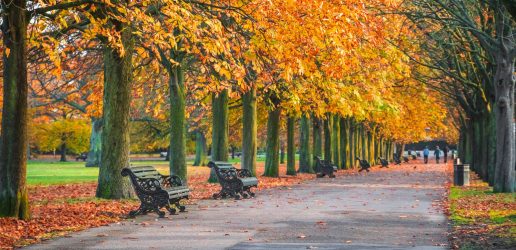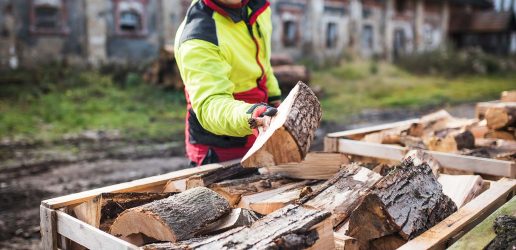Forest Research has published a new UK Forestry Standard (UKFS) Practice Guide on Creating and Managing Riparian Woodland.

The UK’s riparian woodland has been depleted over recent decades, often through clearance for agriculture and development. Reversing this habitat loss and encouraging the restoration of riparian woodlands can deliver the following important environmental benefits:
- Climate change mitigation – providing conditions that keep water cooler and that reduce downstream flooding
- Increased biodiversity – enhancing riparian and aquatic habitats can support protected and priority species
- Improved water quality – reducing water pollution by buffering the impacts of management activities occurring on adjacent land
- Increased natural capital – contributing to nature recovery and nature-based solutions.
New UKFS Practice Guide to help restore and expand riparian woodland
Lead author of the Practice Guide and Forest Research’s Head of Physical Environmental Sciences, Tom Nisbet, said: “This publication describes how we can do better in creating, designing and managing trees and woodlands along our streams and rivers to protect and improve our freshwater environment.
“We continue to hear about the poor condition of many of our streams and rivers and the growing pressure of water pollution. This comes from many different sources including soil and nutrient run-off from adjacent land. The planting of trees and woodland along our watercourses, what we call riparian woodland, can do much to reduce pollutant run-off to water as well as to slow flood flows and cool water temperatures.”
Tom continues: “Much of our riparian woodland has been lost due to clearance for agriculture and development, with what remains often sparse and highly fragmented. There’s an urgent need to restore and expand riparian woodland to improve the health and condition of our watercourses as well as the look and feel of our streams and rivers.
“The new UK Forestry Standard Practice Guide provides information to woodland owners, managers and planners on how best to achieve this goal. By so doing, the creation of a network of riparian woodland along our waterways will not only greatly benefit the water environment but will also contribute to national and local efforts to adapt to climate change, as well as promote nature recovery.”

Tom said: “We face many challenges, including persuading landowners to plant riparian woodland when there’s little scope for productive management and thus economic return. Grant payments help but appear insufficient to achieve the scale of change required. We need to better value the societal benefits riparian woodland provides and thereby encourage greater private and public investment in restoring this key natural asset.”
“However, it is not just about planting more riparian trees, we also need to design and manage riparian woodland appropriately. This includes controlling invasive non-native species and maintaining a balance between open and riparian woodland habitats.”
Download the guide
UK Forestry Standard Practice Guide on Creating and Managing Riparian Woodland [PDF, 3.1 MB]
More on the UK Forestry Standard
The UKFS is the technical standard for forestry across the UK. It provides the foundation for sustainable forest management that balances environmental, economic and social objectives. The term ‘forest’ is used to indicate all types and sizes of forest and woodland.
Recent News
View All news
Seventeen coniferous tree species show early promise for future commercial timber production in the UK
Researchers have set up a network of nine large scale experiments across the UK to test the suitability of 17 tree species as potential alternatives for future commercial timber production.
Forest Research are looking for people involved in the harvesting, processing, transport, import, or trade of firewood in Scotland to complete an important survey.

New guide to help local authorities conduct a people survey on the social value of their treescapes
A new step-by-step guide to help local authorities, charities and civic societies carry out a people survey to understand social and cultural values related to trees in their area, is now available.

Seventeen coniferous tree species show early promise for future commercial timber production in the UK
Researchers have set up a network of nine large scale experiments across the UK to test the suitability of 17 tree species as potential alternatives for future commercial timber production.
Forest Research are looking for people involved in the harvesting, processing, transport, import, or trade of firewood in Scotland to complete an important survey.

New guide to help local authorities conduct a people survey on the social value of their treescapes
A new step-by-step guide to help local authorities, charities and civic societies carry out a people survey to understand social and cultural values related to trees in their area, is now available.

